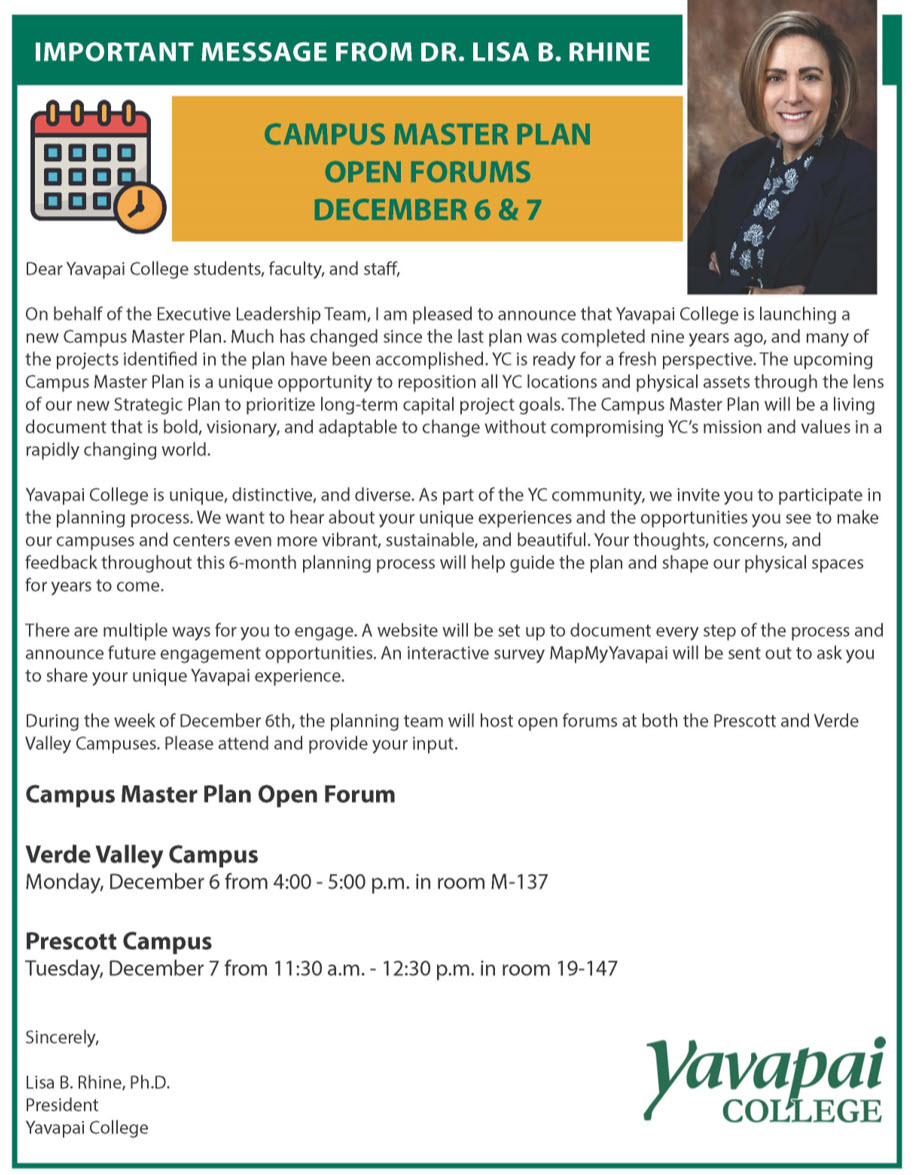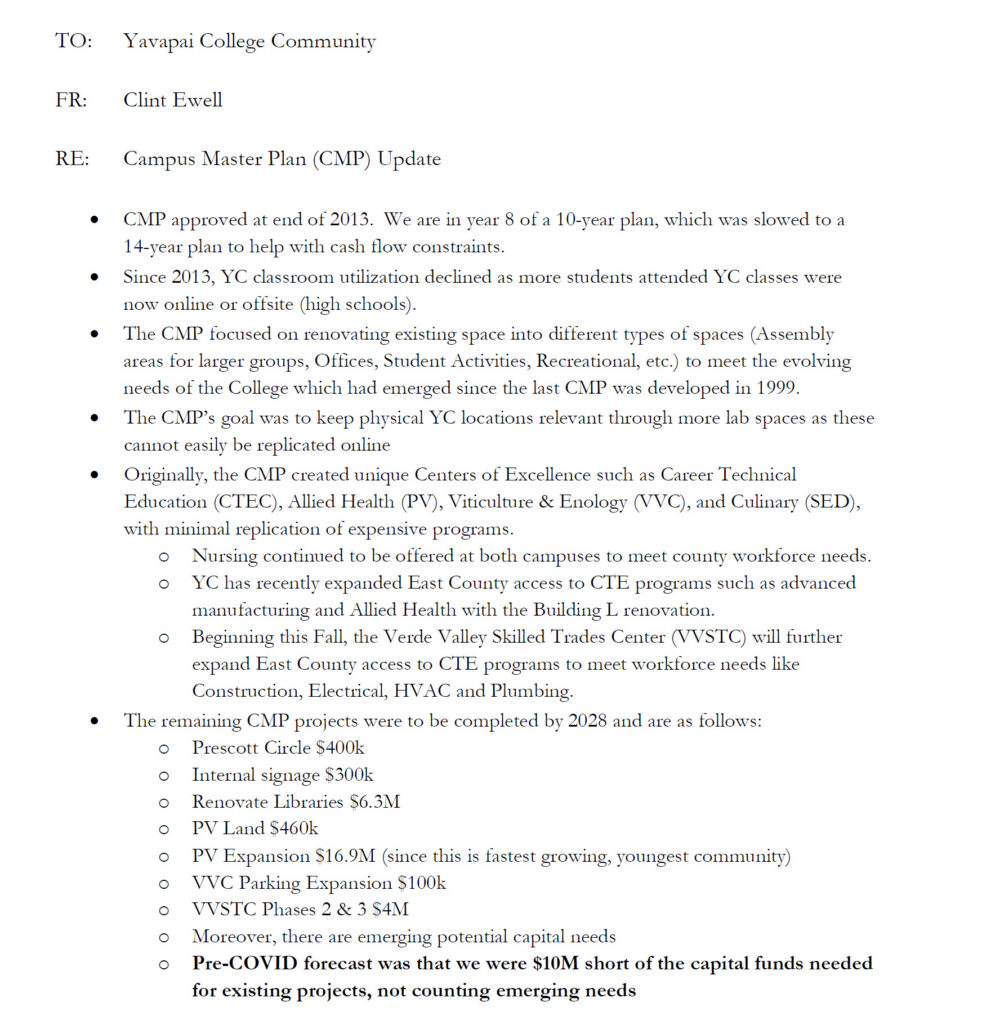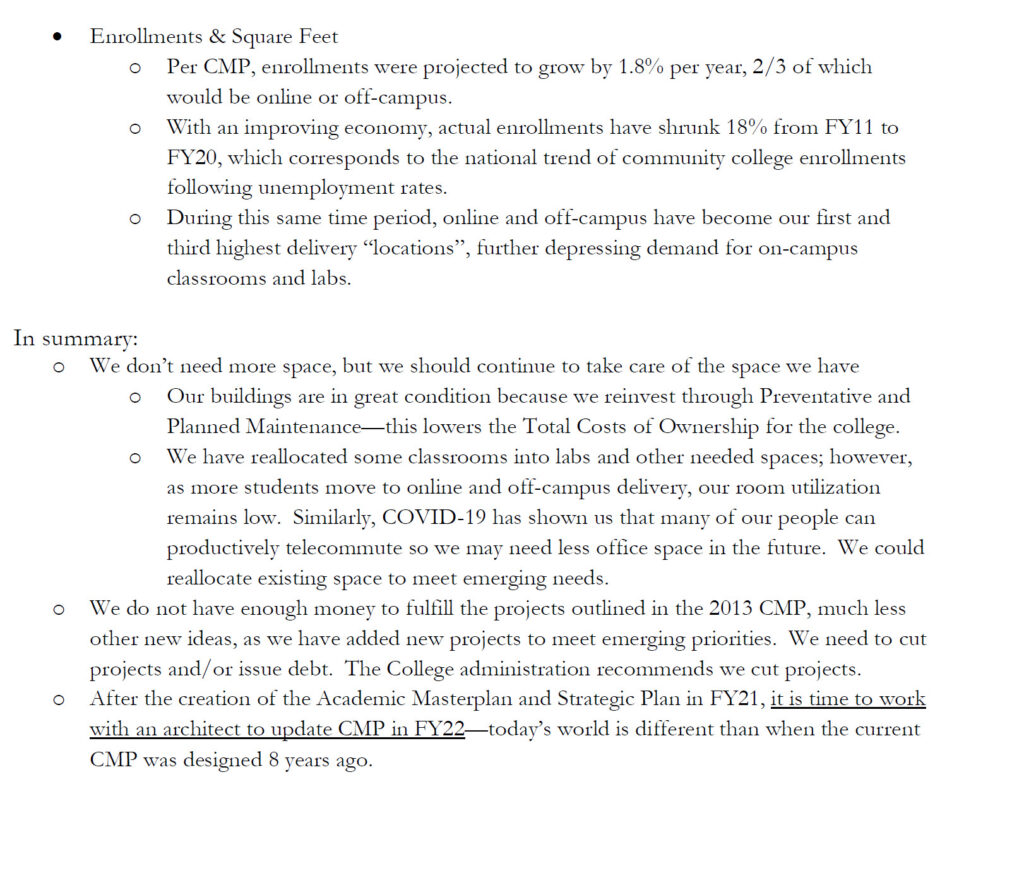Assuming reported claims about the meeting are correct, at least $28.8 million of Sedona/Verde Valley taxes have been shipped over Mingus Mountain to Prescott for use in their development projects during the last dozen years, which is considered by Prescott administrators as “equitable”
According to various sources, Yavapai Community College claimed at the private meeting held with local politicos March 22 that on average it annually on average receives around $15.3 million in cash from Sedona/Verde Valley. Of that amount, and according to the sources, on average over a 12 year period the College claims it spends about $12.9 million annually in Sedona/Verde Valley.
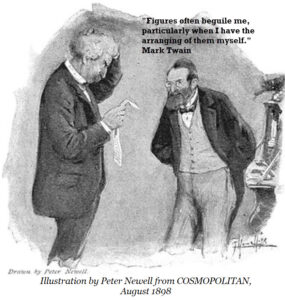 Assuming that these College figures are relatively accurate, they show that at least $2.4 million of Sedona/Verde funds are being shipped to the Prescott side of Mingus Mountain each year where they are invested in projects primarily for use over there.
Assuming that these College figures are relatively accurate, they show that at least $2.4 million of Sedona/Verde funds are being shipped to the Prescott side of Mingus Mountain each year where they are invested in projects primarily for use over there.
Moreover, if this data is correct, over the past 12 years Sedona and the Verde Valley taxpayers have contributed $28.8 million in cash to the Prescott Community College executives that has been used for investments on that side of the Mingus.
The Community College administrators apparently believe that this is “equitable.”
The Blog notes that various documents supporting the alleged equity claim were floated by the College among the local politicians at the private Sedona meeting. Curiously, the College had an opportunity to openly introduce these documents to the general public during the regular Board meeting on Tuesday preceding the private meeting because the preliminary capital budget was an agenda item along with consulting reports on the 8-10 year future development plan. However, the College did not choose to do so. Why not?
The Blog also notes that meetings such as the private one held March 22 with local officials raise serious accountability issues associated with public officials whose salaries are paid by taxpayers. One cannot help but be somewhat curious where taxpayer paid officials hold meetings outside a legally announced executive session where the public is barred, no minutes are taken, and no audio or video record is provided. Moreover, such meetings make a mockery of claims by public officials that they are open and transparent about how public funds are being used.
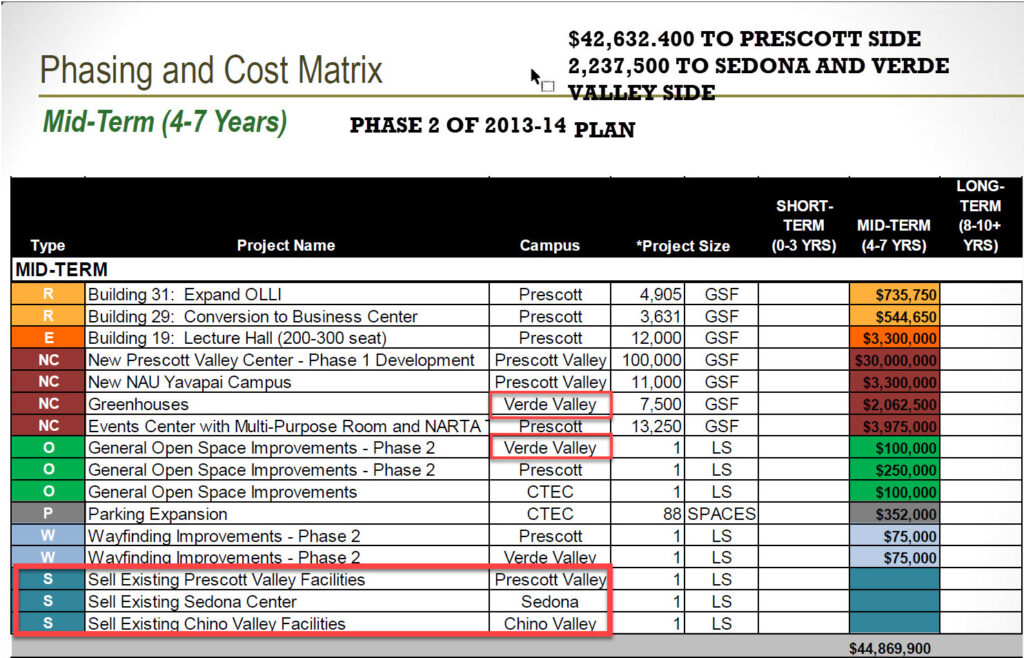
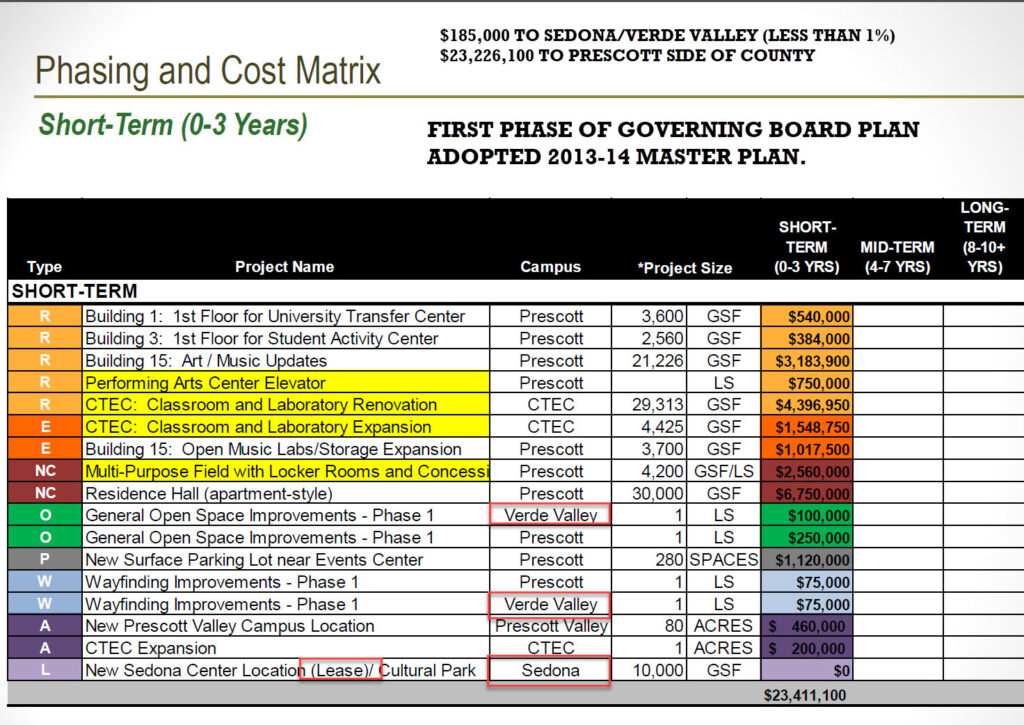
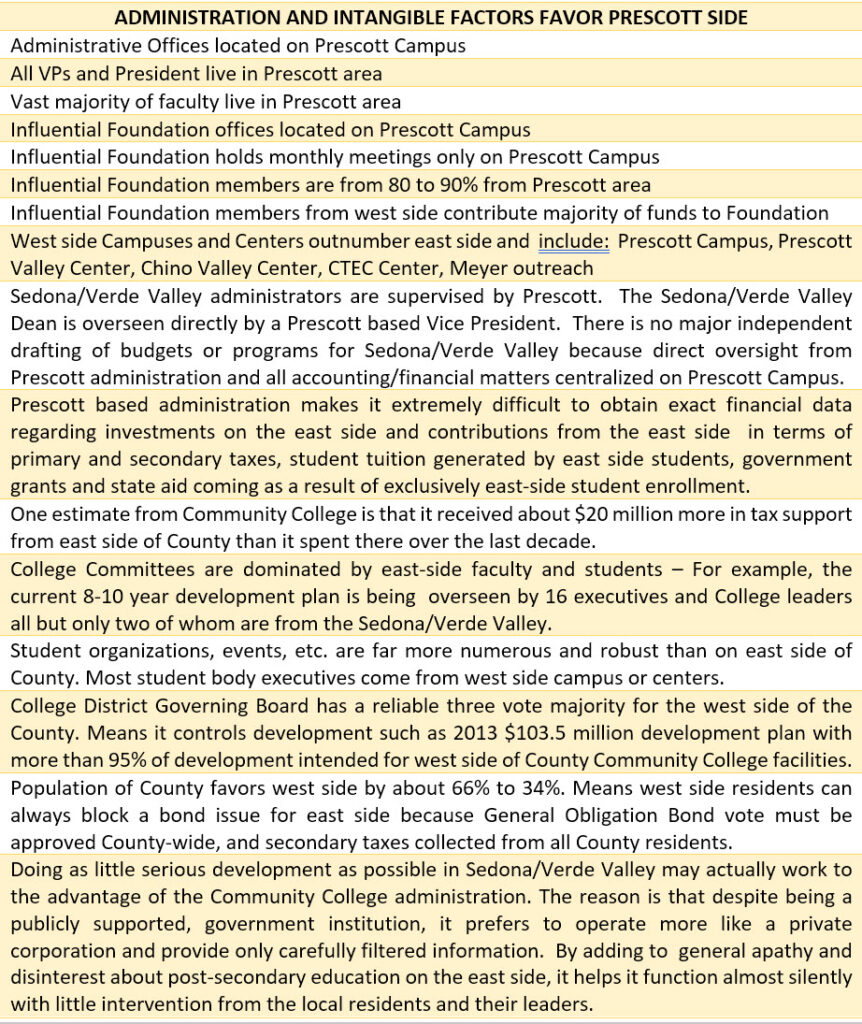
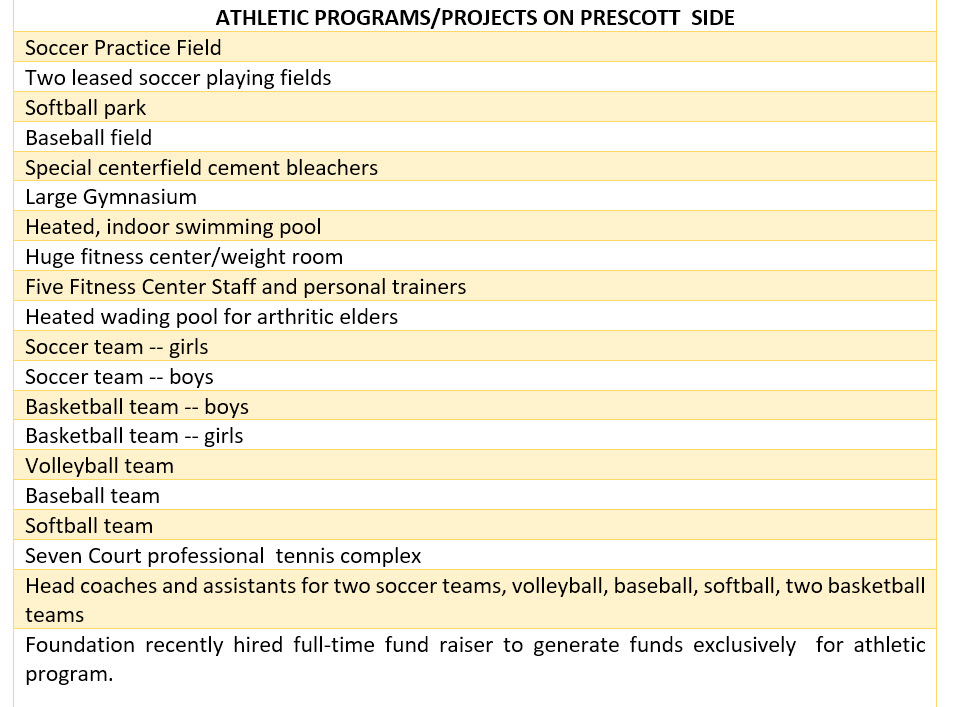
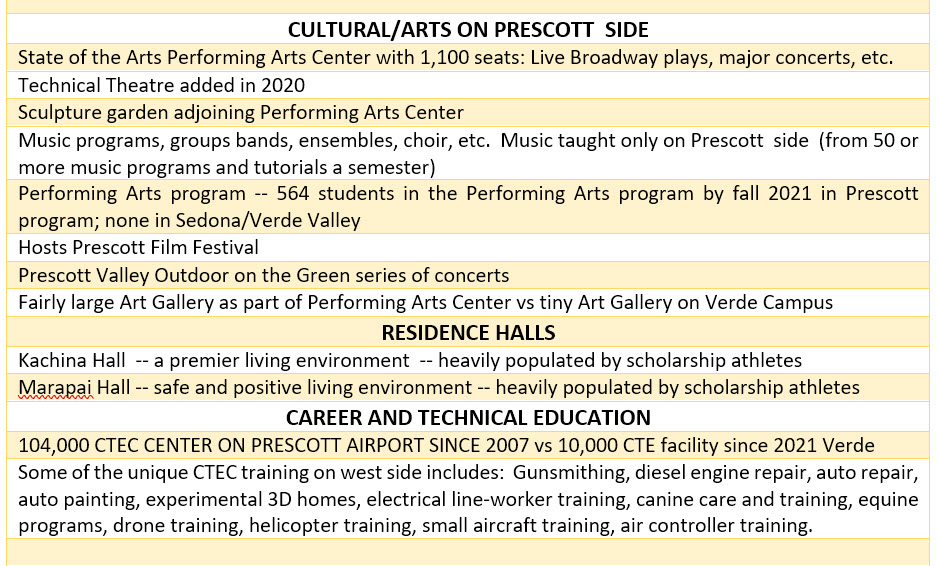
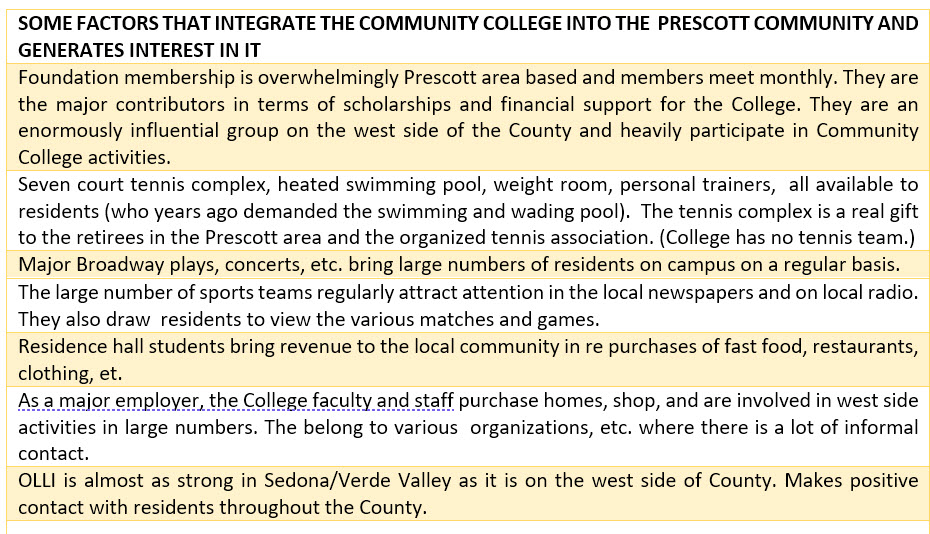

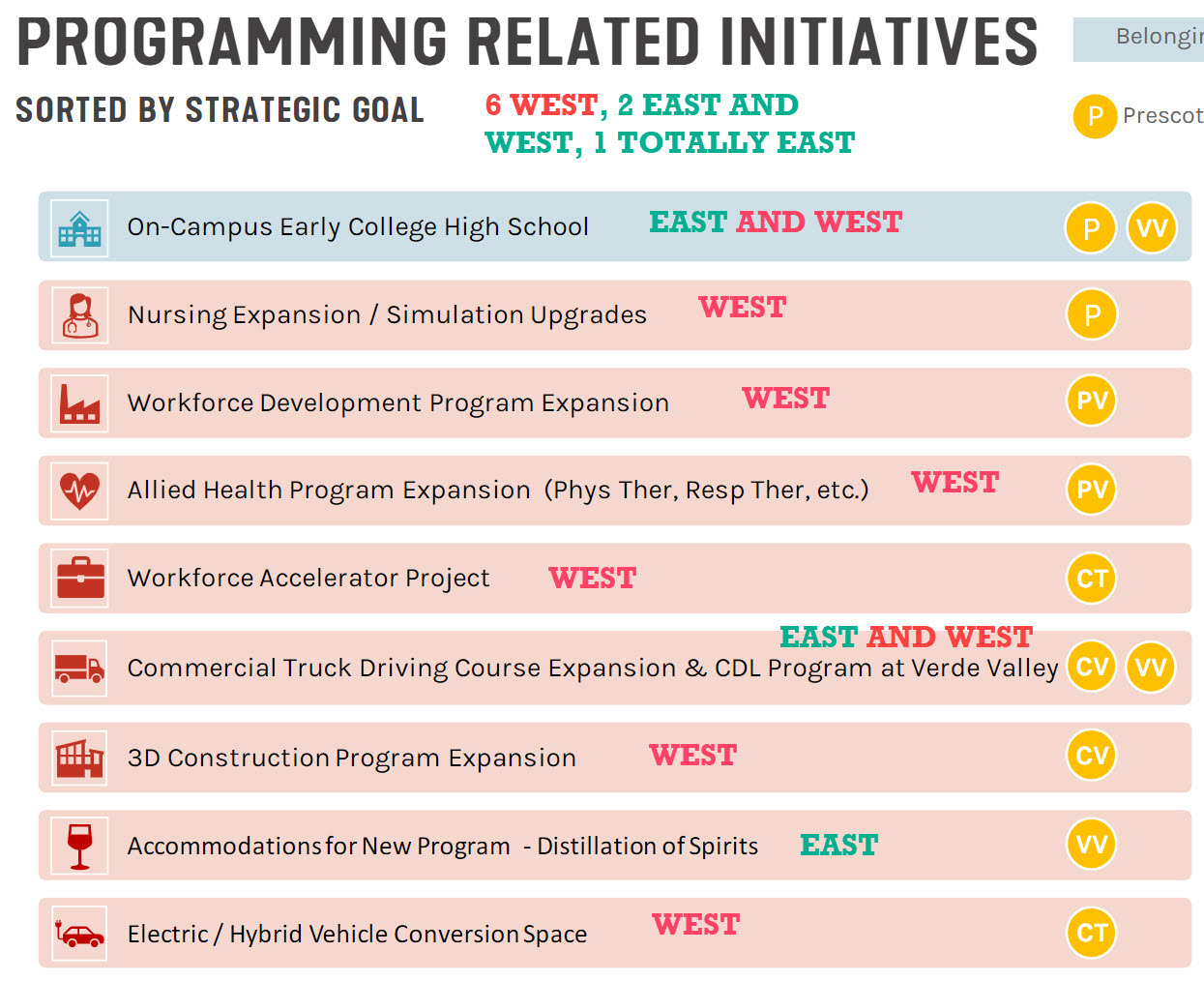
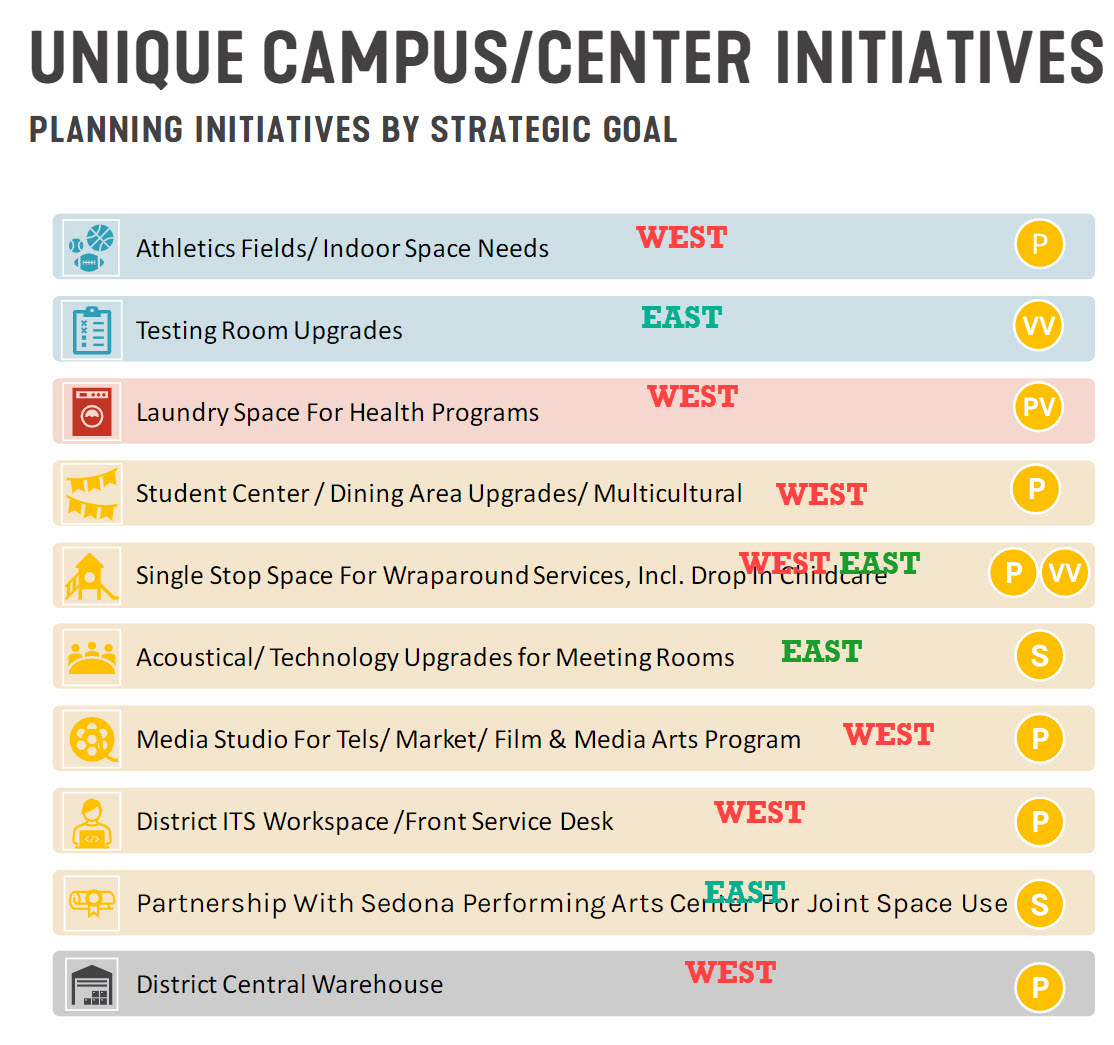
 Yavapai Community College held its second Master Plan public forum on the east side of the County November 14 on the Verde Campus in a one-hour afternoon session. The purpose was to share information about the progress of the Smithgroup’s efforts to generate an eight-year development plan for the entire District. And to gather additional public input about the plan.
Yavapai Community College held its second Master Plan public forum on the east side of the County November 14 on the Verde Campus in a one-hour afternoon session. The purpose was to share information about the progress of the Smithgroup’s efforts to generate an eight-year development plan for the entire District. And to gather additional public input about the plan.

